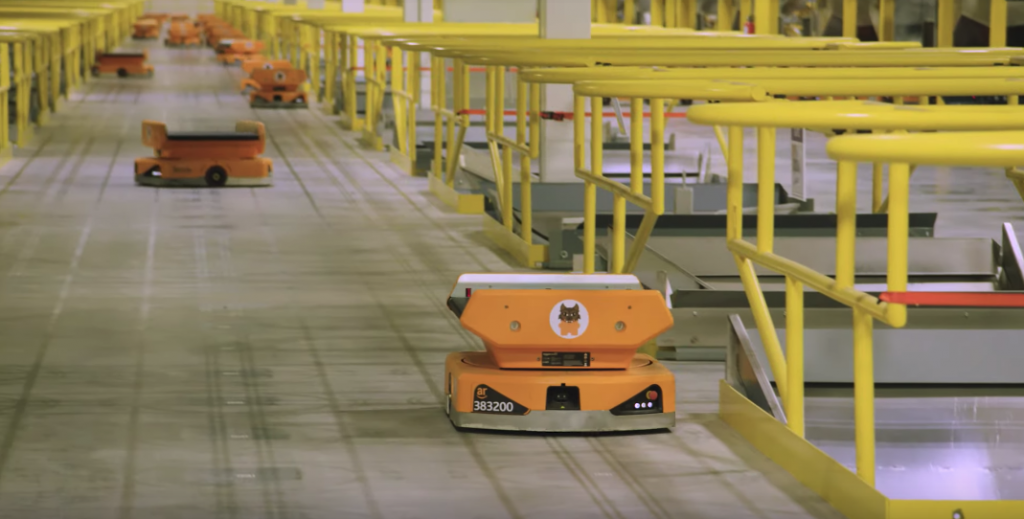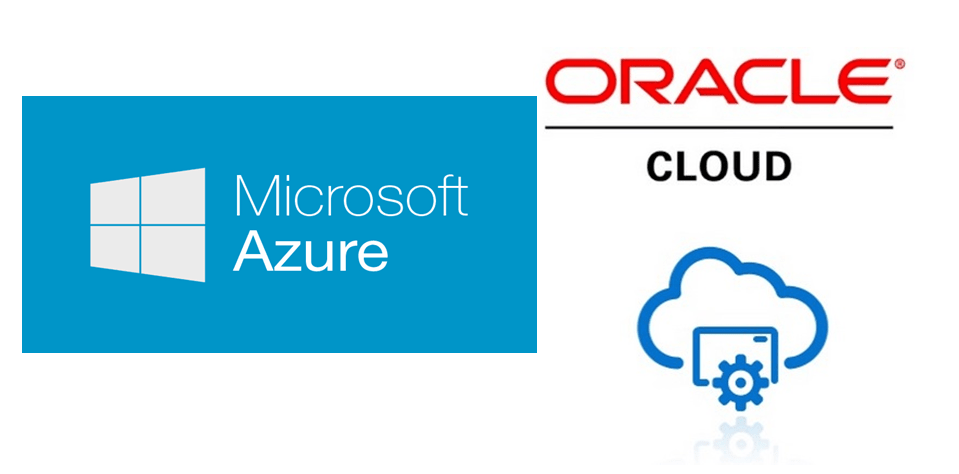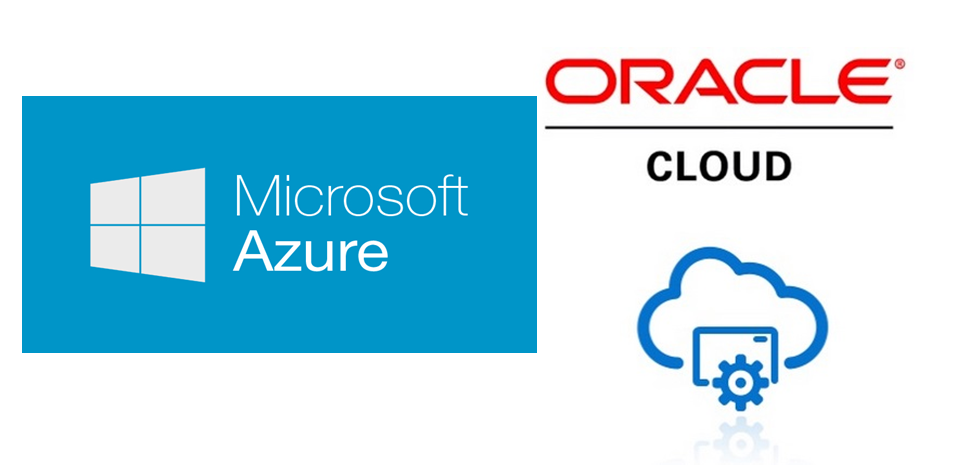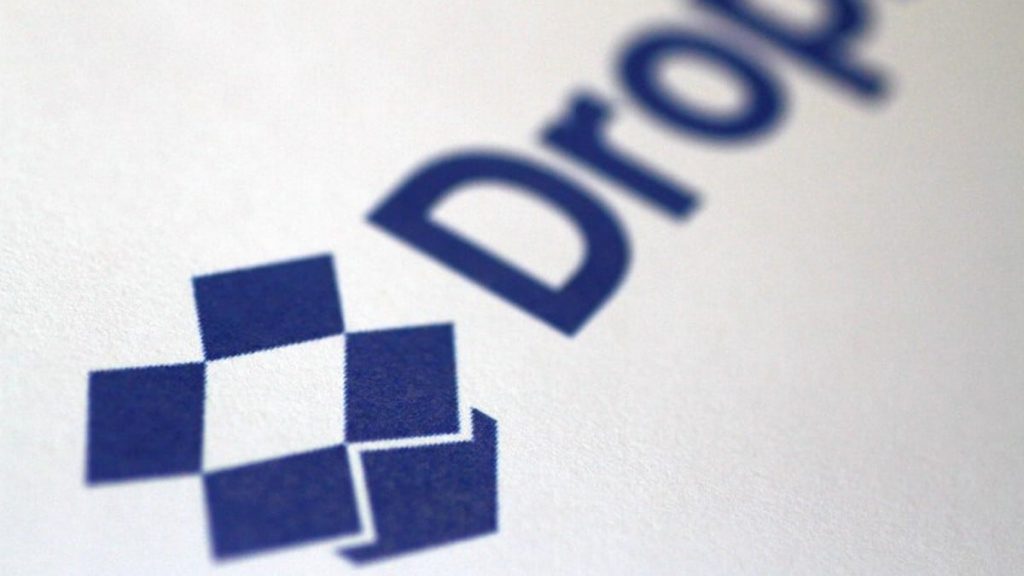Facebook May Come Out with its New Digital Currency this Month
Cryptocurrency is the current hot topic, and how, one of the biggest tech giant, Facebook, could resist itself from trying its hands on cryptocurrency. Though it has already developed its own Blockchain platform, now after much of rumours, finally, the company is prepping up to introduce its own cryptocurrency, GlobalCoin, this month.
Reported by The Information, Facebook is working on its first cryptocurrency project, ‘Libra’, that will bring a digital currency that would work internationally, providing the Facebook users with the facility to make purchases and transfer money across the borders, online.
Facebook, initially, will be using those crypto tokens to pay the employees working on Libra projects, if they choose tokens over fiat currency for the payments. Also, it will be the marketplace of the developing countries that Facebook will be targeting with its new cryptocurrency. It will also be offering bonuses for those merchants who would adopt Facebook’s digital currency for their transactions. The crypto from Facebook will also be integrated to use with Facebook’s other arms, like WhatsApp and Facebook Messenger, etc.
Facebook is already working towards integrating eCommerce to its current ventures, and in F8, its annual tech conference, the company introduced new eCommerce features, like users’ ability to buy goods directly from their favourite influencers, businesses to put up their product catalogues on WhatsApp, and letting the Facebook marketplace sellers ship their products through the Facebook app. Now, as Facebook is to bring its own cryptocurrency, this can be another move for the company in the same regard.
The company will charge the third party marketers with a fee of $10 million for the licensing to run a node for the GlobalCoin network. The company is planning to test the crypto at a global level by the end of 2018, and it will be launching the same, in 2020, in a dozen selected countries.

Yashica is a Software Engineer turned Content Writer, who loves to write on social causes and expertise in writing technical stuff. She loves to watch movies and explore new places. She believes that you need to live once before you die. So experimenting with her life and career choices, she is trying to live her life to the fullest.






